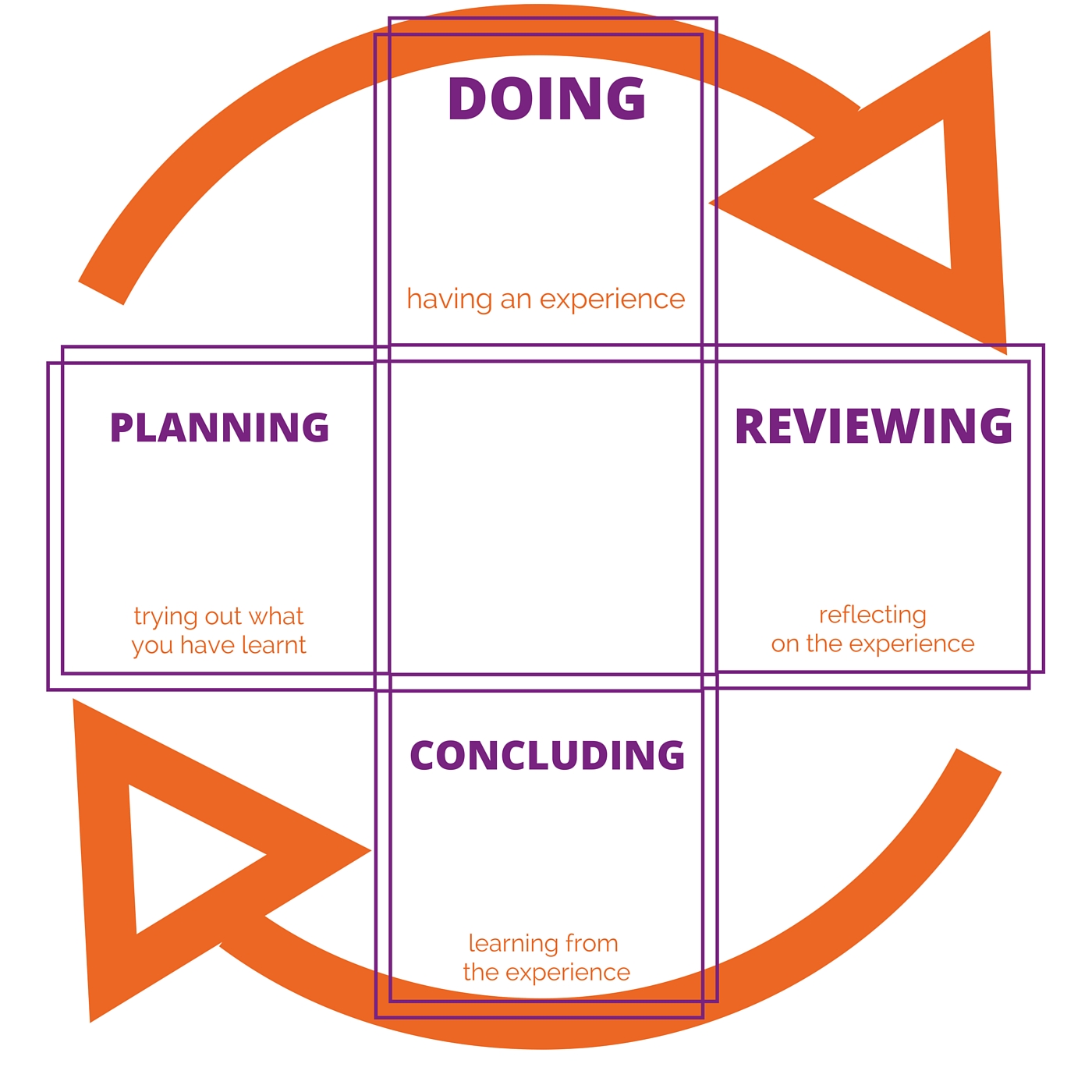Learning Styles
Home > Customer Service Training Tips > Learning Styles

As a trainer you need to have an understanding of learning methodologies, styles and models and how to apply them in your training session.
The more you are able to adapt and translate the theories and exercises you are using to the people you are working with helps them to learn and apply their learning in the workplace.
Honey and Mumford's Learning Styles
One of the most common models that you may come across is that of Peter Honey and Alan Mumford often referred to as Honey and Mumford's Learning Styles.
Their work identified four learning preferences

Activists
Focus on doing things; they'd never take the time to read the instructions with some flat packed furniture
Reflectors
Just as the name suggests, reflectors like to mull things over, to make sense of it based on their own experiences. They are not happy or comfortable being rushed into action
Theorists
Like structure and process. They like things to be done well and love to look at the complex
Pragmatists
Like to understand how the training applies to the real world. They need to see the relevance of the training content to their day to day work
Honey & Mumford based their model on the work of David Kolb who was interested in experiential learning.
Understanding his methodology will help for practical customer service training which might involve role plays or simulations
Using Learning Styles
How can we use Learning Styles to help our participants to learn new customers service skills and attitudes in our training?
Delivery
The danger when working with a group of people is that we allow any Activists to take prominence. They can pressure the trainer ( subtly or not so subtly) to make sure that the training session is full of activity and energy. Our own needs as a trainer ( for approval) may mean that we tailor the training session to the more vocal in the group, so that there is activity and purpose. Theorists and Reflectors get ignored. Our job, as a trainer, is to make sure that all the people in the training go away having learnt something they can put into practice. And that is where the design of the course can help - the design must appeal to all the learning styles.
Design with all learning styles in mind
David Kolb's experiential learning cycle
Good training course design includes activities and time for reflection. David Kolb's learning cycle model can help us to design training.

Doing; concrete experience
Kolb called the first stage of his learning cycle Concrete Experience. Here he was referring to a new experience which was encountered or reinterpretation or reframe of an existing experience.
Reviewing; reflective observation
The second stage, he called Reflective Observation. Here the learner takes the time and space to review the experience, particularly in light of their understanding and their previous experiences.
Concluding; abstract conceptualisation
The act of reflecting enables the learner to modify their thinking or develop new ideas. Kolb called this Abstract Conceptualisation.
Planning; active experimentation
At this stage, the learner applies their learning into the real world, in Active Experimentation to see what happens.
Designing training
Good training course design includes activities and time for reflection. The reality for most people is that their day to day activity is full on. Most people working in a customer service department do not have time to stop and think about what they are doing and how they go about it because they are faced with the next call, the next problem to solve.
When designing training, we need to build in space to allow people to think and reflect. A course packed with activities and exercises which leaves little time for reflection or the unpacking of exercises after they are carried out just becomes a distraction from being in the work place - more entertainment than a learning event.
Effective customer service training is about developing both skills and attitudes.
Developing skills
When you are working with adults to help develop a skill, it's worth understanding the four stages we go through when developing competence.
- Unconscious incompetence
- Conscious incompetence
- Conscious competence
- Unconscious competence
It is a simple yet powerful model which can help people to understand their progress in their learning, and is useful if they are struggling to move from one phase to another.
You can find more detail about this model here...
Find more customer service training ideas by clicking on the links below
Customer Service Training News
Get your copy of DELIVER, so that you can keep up to date with the resources being added to the site.
Sign up TODAY and get a free download of this video
We do NOT share your details with any other company.
More Customer Service Training Tips

Tell us your training challenges - our agony aunt is here to help
Putting together a business case for training
Preparing for a training session
Get your training off to a good start
Using roleplay and simulations to help learning
Overcoming resistance to your training messages
What makes exceptional customer service training?
